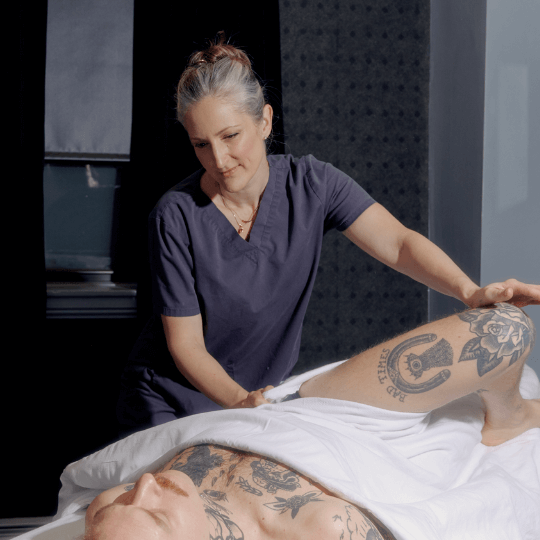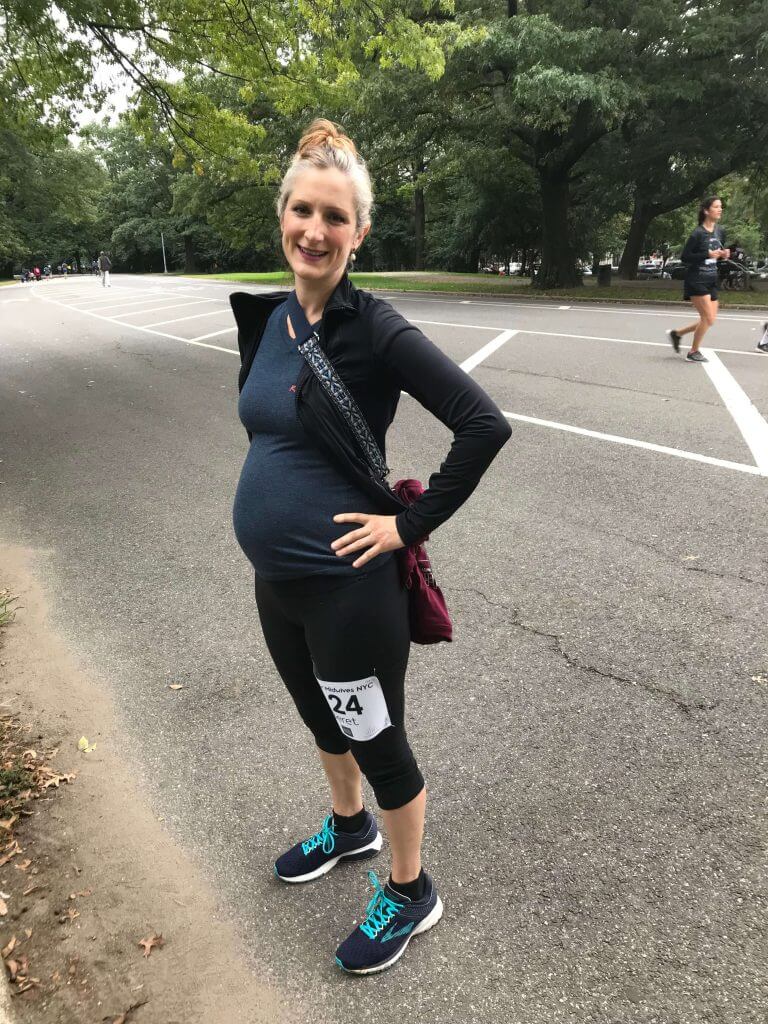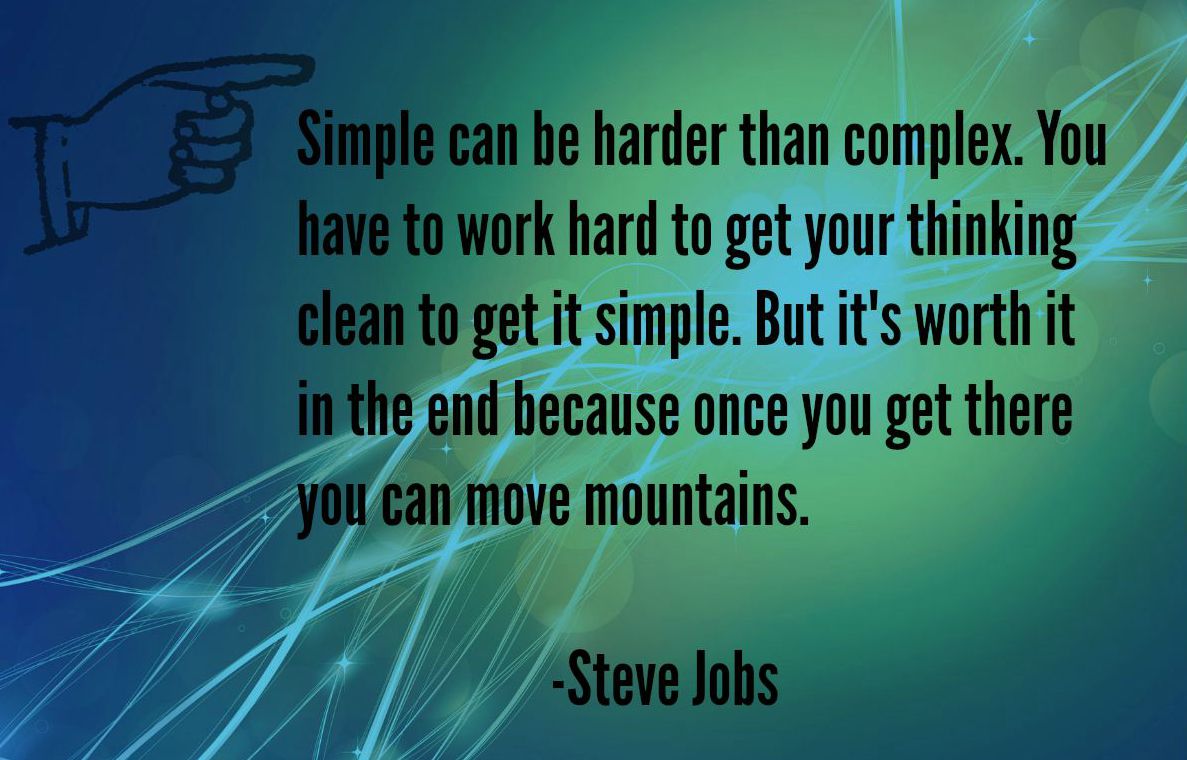Learn how massage can improve your life

Unlocking the Power of seeing a massage therapist: A Guide to Combining Massage and Chiropractic Care for Optimal Healing and Pain Relief Introduction to Massage and Chiropractic When it comes to seeking relief from pain and improving overall well-being, many individuals are drawn toward the benefits of massage and chiropractic care. While these two practices […]

Covid policies continue to change based on the local ordinance, science, and the current situation. You can check back here for more information or reach out to us at info@bodymechanicsnyc.com Important Updates New: While mask guidance has been updated for the city and dropped in some cases, masking continues to be required in health centers […]

Miles for Midwives helps raise awareness for prenatal and postnatal care in New York. Every year we are fortunate enough to participate in some great events through some of our amazing friends. This year we ran the Miles for Midwives 2018 5k run in Prospect Park, a fantastic event that is also child friendly. […]

Consent, Massage &Peanut Butter & Jelly *Full disclosure, I believe I learned this exercise in grade school creative writing. Frequently when talking to clients you may think that you are communicating effectively and giving a great consent when you actually are not. This failing actually happens with everyone at some time. People are full of funny […]

Being Simple For Your Consent For Massage Is A Best Practice That Will Take You Far… One of the things I believe is really important in health care, for a number of reasons, is that consent not only must be given, but given in a way that clients understand what they are agreeing to. All […]
Massage In NYC Part One- My story This blog likely will not win me any friends, but it’s time to discuss what’s wrong with massage in NYC. Before we can do that, however, we need to discuss my journey and why I feel comfortable saying New York, with one of the highest standards of practice […]